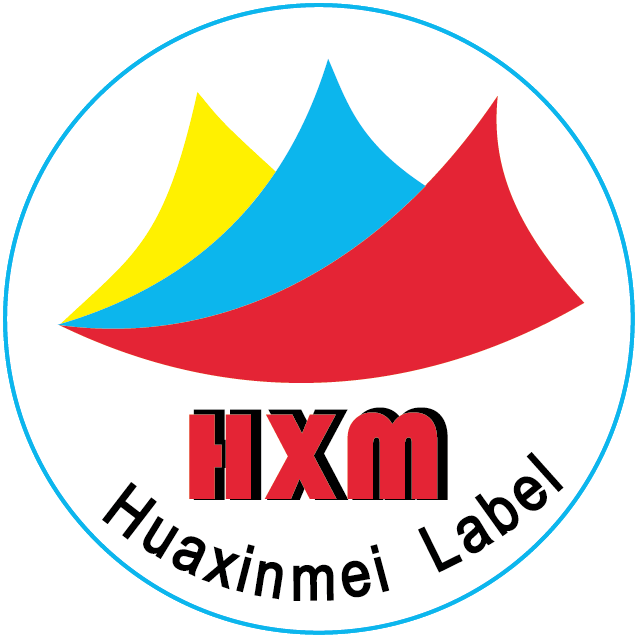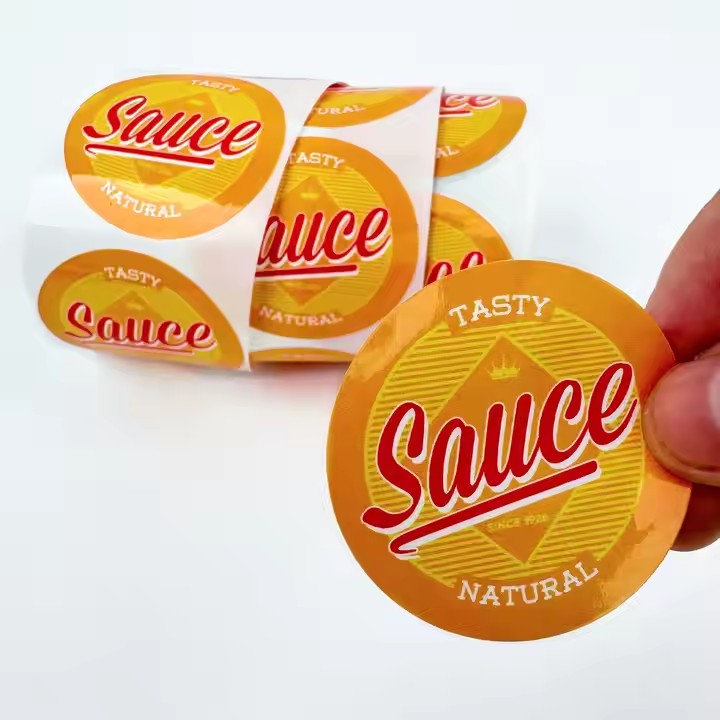Material Selection
Choose Cost – effective Materials
Don’t blindly pursue high – end materials. Select appropriate materials according to the positioning and budget of the gift. For ordinary paper gift boxes, materials like white cardboard and grey board paper can be chosen. They are relatively low – priced and have certain stiffness and texture. If a certain degree of waterproofness is required, a thin layer of matte or glossy film can be applied to the surface of ordinary paper. This doesn’t increase the cost much but can improve the durability of the gift box. Choose some papers with high cost – effectiveness, such as white cardboard and grey board paper. These papers are cost – effective, sturdy, durable, and widely used.
Utilize Recycled Materials
Consider using eco – friendly materials like recycled paper and recycled plastic. Not only do they conform to the current environmental concept, but their costs are usually lower than virgin materials. For example, making gift boxes from recycled cardboard can achieve a good visual effect after proper processing and decoration. By using recycled materials and re – processing them, recycled paper can be obtained. The price of recycled materials is definitely relatively low. Therefore, using recycled materials to make gift boxes can control costs and allocate economic costs to other departments, generating greater benefits for the enterprise.
Reduce Material Consumption
On the premise of ensuring the strength and function of the gift box, reasonably control the thickness and amount of materials. For small and lightweight gifts, there is no need to use overly thick cardboard. Or in parts that do not affect the overall structure, designs such as hollowing out and window – opening can be adopted to reduce material use and lower costs.
Structure Design
Adopt a Simple Structure
Avoid complex irregular structures and excessive folding and splicing designs. Simple structures like the two – piece lid and bottom box and the book – shaped box have relatively simple manufacturing processes, which can reduce labor and material costs. For example, the two – piece lid and bottom box structure is easy to make and convenient to open and close, suitable for various types of gifts.

Standardize Dimensions
Try to use standard dimensions in the design. This is convenient for using standard – sized raw materials and reduces waste during the cutting process. At the same time, standardized dimensions are also conducive to mass production, improving production efficiency and reducing costs. Common gift box dimensions include 10cm×10cm×10cm, 20cm×15cm×5cm, etc. You can choose the appropriate standard size according to the size of the gift.
Multifunctional Design
Make the gift box have multiple uses or functions, increasing its added value, thus reducing the unit cost to a certain extent. For example, design it as a foldable gift box that can be folded and stored after use, taking up less space. Or after packaging the gift, the gift box can continue to be used as a decoration or storage box.
Printing and Finishing
Simplify the Printing Process
Reduce unnecessary printing colors and complex pattern designs. Use single – color or two – color printing, which can not only reflect a simple and aesthetic feeling but also reduce printing costs. Simple text and line patterns can also achieve a good visual effect through clever layout design.

Select Appropriate Surface Treatments
According to the positioning and budget of the gift box, choose appropriate surface treatment processes. Processes such as hot stamping, embossing, and debossing can enhance the texture of the gift box, but they are relatively costly. The area of use can be appropriately reduced or only used in key parts. Some relatively simple processes such as UV coating and aqueous coating can not only protect the printed surface but also have a certain degree of gloss, with relatively low costs.
Reduce Special Processes
Avoid using complex and costly special processes such as embossing and debossing, laser engraving, etc., unless the gift has a special high – end positioning requirement. Ordinary die – cutting and creasing processes can effectively control costs while ensuring the basic shape and appearance of the gift box.
Production and Procurement
Mass Production
Negotiate with the manufacturer to increase the quantity of each production run as much as possible. Through mass production, the unit cost can be reduced. Because within a certain range, the larger the batch, the lower the cost of equipment debugging, labor, etc. allocated to each gift box. Mass production can significantly improve production efficiency. Gift boxes of the same batch can be produced in a short time, so this can greatly enhance production efficiency.
Centralized Procurement
For the raw materials and accessories of gift boxes, such as paper, ribbons, glue, etc., carry out centralized procurement. Establish long – term cooperative relationships with suppliers to obtain more favorable prices and better services. At the same time, centralized procurement can also reduce transportation, management, etc. costs during the procurement process. Centralized procurement allows all the materials for making gift boxes to be obtained quickly in a short time, so as to start processing and production.

Local Procurement and Production
Give priority to local material suppliers and manufacturers. This can reduce transportation costs and time and lower logistics risks. Moreover, local suppliers and manufacturers are more convenient in communication, coordination, and after – sales service, which is conducive to cost control and ensuring product quality. When purchasing samples, give priority to local paper. The advantages of purchasing local paper include reducing transportation costs. In addition, it can also reduce communication barriers, and you can directly visit the offline factory to see samples. Since the production site is close and the transportation of materials is nearby, production efficiency can be improved and production time can be shortened.


